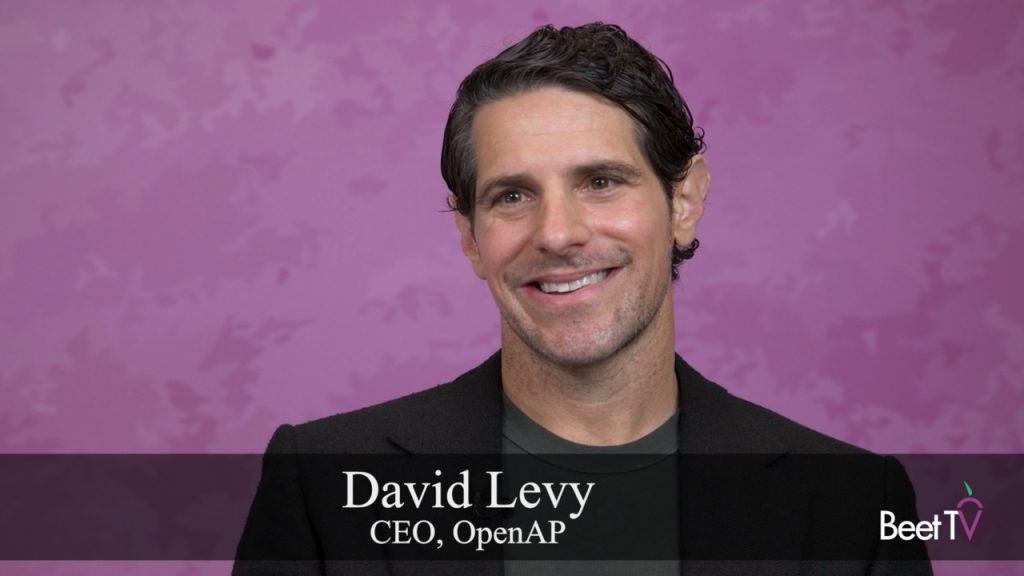FORT WORTH – With third-party cookies on their way out and the window closing on mobile identifiers, how is an advertiser supposed to target its audience anymore?
At home, according to Simpli.fi co-founder Paul Harrison.
The deprecation of those cookies plus new use privacy controls introduced to iOS are making targetability more difficult.
But, in this video interview with Beet.TV, Harrison surveys the landscape for solutions.
Identity in focus
The new black is “identity graphs”, software that knits together user profile signals from a range of sources, sing IP addresses and other breadcrumb.
They have become a key tool in the quest to identify users and amid the declining value of existing identifiers.
“Really what we’re trying to do is just put more and more identifiers in there that we can find,” Harrison says.
“It becomes much more probabilistic as some of these identifiers become scarce, or they have limited life cycles, but you still get a pretty good picture.”
Strength in household
Harrison says it is important to identify targets at the household level.
He says: “In some instances, what (advertisers) do is they pass us data … whether it be CRM data, whether it be addresses, whether it be general areas that they want to target … that we then match up to identify potential households for targeting purposes. That’s how you use that first-party data.
“You can then enrich the information that you’re giving to the client to get a better picture of what other opportunities you have for targeting that household.
“I think in the future, we’re going to see … more and more of that first party data coming across, sort of in the bid stream for us to be able to target against.”
Back to browser?
But, whilst identity graphs are shaping up to be a key differentiator, Simpli.fi’s Harrison is already looking at what comes next.
He says discussion is bubbling up about the prospect of baking in next-generation identity tools at the browser level.
“I think what’s going to end up happening is that the next phase of this, as we’re hearing in forum discussions in the W3C (Worldwide Web Consortium), is you’re going to see potentially some of this trying to be solved at the browser level,” Harrison says.
“There are many different proposals out there on how that would go about happening. I think some of them have a little more validity than others.
“Overall, I’d like to just see some sort of identifiers, maybe with limited life cycles out there, instead of trying to solve things in a very complex way through a browser.”
You are watching “The New Media Reality: A Consumer-Centric View of Identity and Personalization Emerges,” a Beet.TV Leadership Series presented by Transunion. For more videos, please visit this page.






































